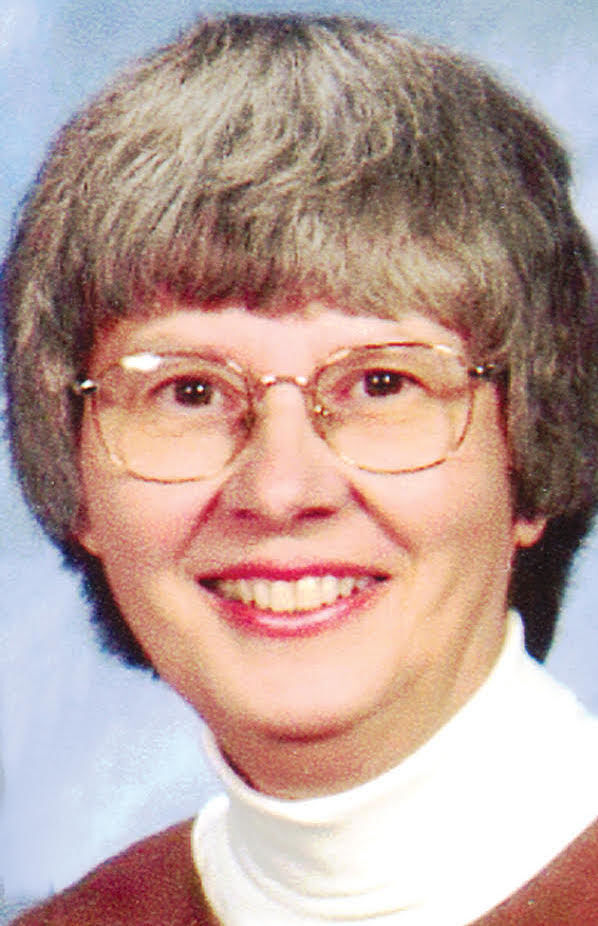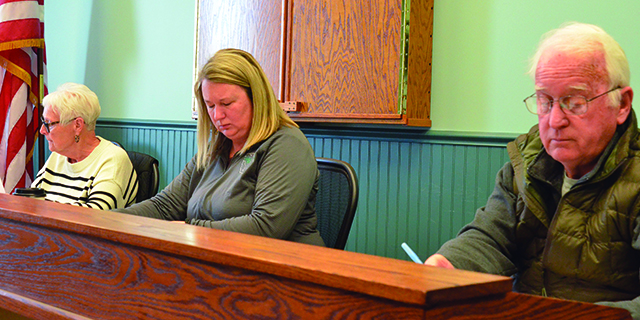Out and about: Basements and billiards
Published 3:00 am Tuesday, December 7, 2021

- Mammen
On the southeast corner of Adams and Elm in downtown La Grande stands the two-story blond brick West-Jacobson Building, serving 1302-1306 Adams and and several businesses on Elm. It was constructed in 1913 on a lot that had been vacant since the fire of 1891, which destroyed the wooden structure housing a general store.
Nathanial K. West, the pioneer merchant who ran a clothing and dry goods store at 1210 Adams, found a partner in C. S. Jacobson of Portland who wanted to invest in the progressive city of La Grande. Their partnership created this fine structure.
The building provided commercial space on the first floor and offices on the second floor. Even though this was the same year the Foley five-story building was completed, it didn’t take long before this new building was filled with a variety of businesses and services. The second floor housed doctors, dentists, lawyers, architects and accountants. The attorney James Slater was one of the earliest occupants.
The street level became the location for many businesses over the years. With the spacious main floor, and by being constructed on a corner, it offered space for up to five businesses and became a hub for shopping. One of the very first stores was Morgan’s 10 & 25 cent store. Some of the others located in the commercial spaces over the years included White’s Candy Kitchen, in 1916; La Grande Pharmacy, around 1915-mid 1920s; The Men’s Wear in the mid 1920s; National Serve Yourself Shoe Store, 1927; Earnie’s Buster Brown Shoe Store, in the 1950s; Townes Studio, a photograph studio; A&W Root Beer; Jack Allens Auto Supply Company in the late 1920s; and Red Cross Drug, opening here in their new location December 1940. In later years the building was home to Marie Josephine and Looking Glass Books. Today 1302-1306 serves as the location of Raul’s Taqueria, Raul’s Cantina and a vacant storefront.
For most downtown buildings, basements were used for storage of supplies. But not this one. One of the more interesting occupants, and perhaps the most lively, was the one that was located in the basement for a number of years.
In June of 1913 it was announced that C. C. McCornick of Eugene was to open a billiard parlor in the entire basement of the new West-Jacobson Building. In addition, he was leasing one room on the first floor for a cigar store and card room. The business, which was to be known as The Club, was formally opened in October of 1913. The store on the first floor was intended to appeal to both men and women, so in addition to cigars there was offered for sale a selection of fancy candies and a soda fountain serving tasty beverages. The Observer reported the room was “fitted entirely with mahogany and plate glass fixtures. All show cases are of the very latest model, carrying curved glass fronts, and in the rear is a handsome partition of mahogany and plate glass mirrors, which separates the front of the room from the card room.” The card room was also decorated with the finest and was furnished with a rug of exquisite color and comfortable leather furniture.
From the cigar store there was the stairway leading to the basement where modern billiard tables and three bowling alleys had been installed. A barbershop rounded out the activities in this part of the establishment.
On opening night, from 7 o’clock until midnight, there was a full orchestra, vocalists and a variety of games to entertain the public. There were other times through the years that such was provided and the ladies were invited to join in the merriment. McCornick sold his interest in the Club Cigar Store in May of 1914 and in October of 1915 he and Fred E. Ware released their lease on the basement to the La Grande Businessmen’s club. At that time The Club, under the management of Ware, was no longer open to the public and became available only to the lodge membership of about a hundred men. McCornick also had interest in the Foley Hotel pool halls and Ware took over those when McCornick moved back to Eugene. The Club Bowling Alley was still in operation in 1920 and the Club Cigar Store was at this location until February of 1930.
The most interesting person associated with this building was Condon Carlton McCornick. He was born in Eugene to Postmaster Herbert McCornick and his wife Ella in May 1880. He graduated from college and then went to work for the Union Pacific Railroad as a salesman and it was probably because of his work that he became acquainted with La Grande. McCornick didn’t stay long in La Grande and his last memories were probably not the best. In the fall of 1915 he was facing charges having been accused of breaking the Sunday closing law. He pleaded not guilty based on his claim that because it was now a private club and not open to the public, he was not breaking the law. This didn’t work and by early November trial time had not yet been set. However, by early December he had disposed of his interests and he and Nina moved back to Eugene.
C. C. McCornick had served as a volunteer in the Spanish American War and by 1920 was back serving full time in the military. In 1940 he was a brigadier general stationed at the Presidio of San Francisco. Condon McCornick died in 1944.
Keep looking up! Enjoy!
———
Ginny Mammen has lived in La Grande for more than 50 years and enjoys sharing her interest in the history of people, places and buildings.





